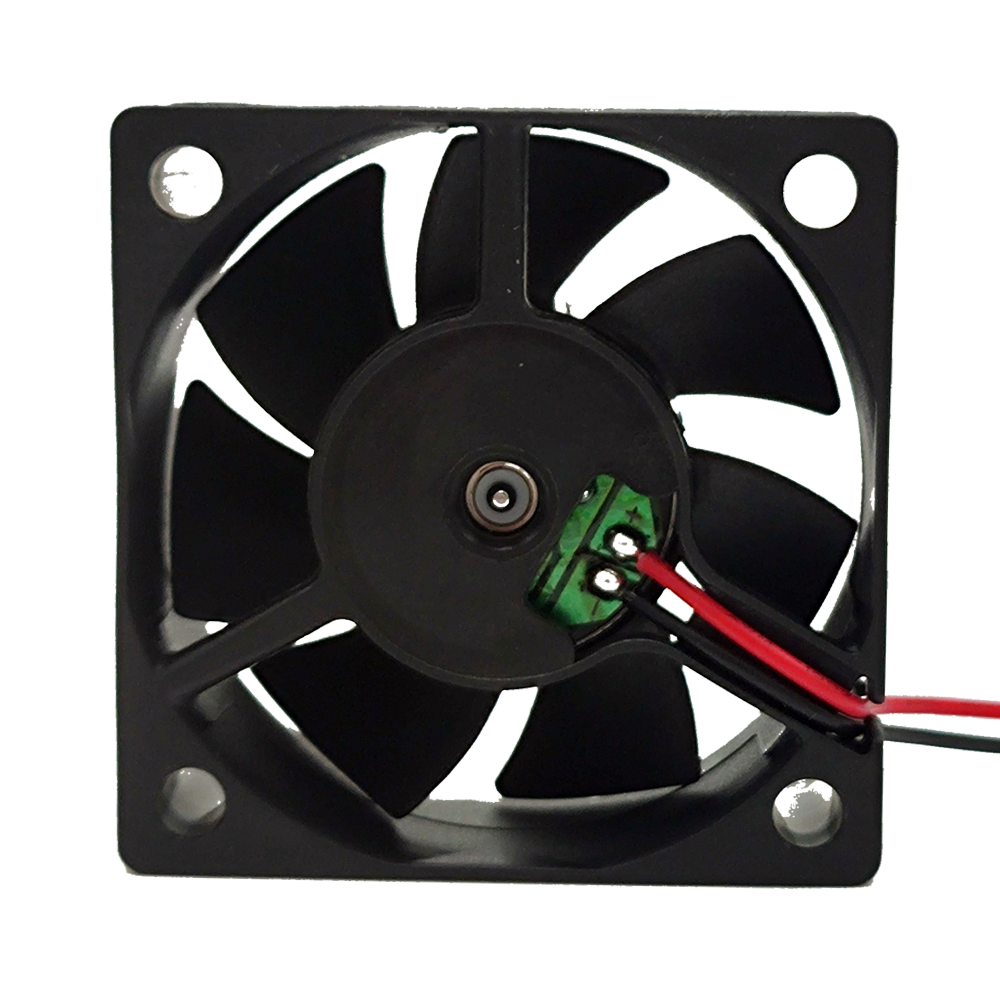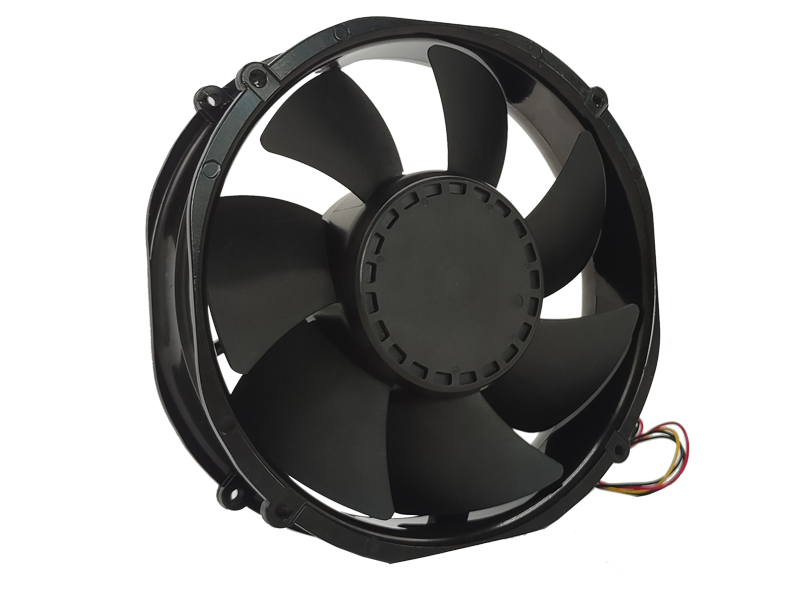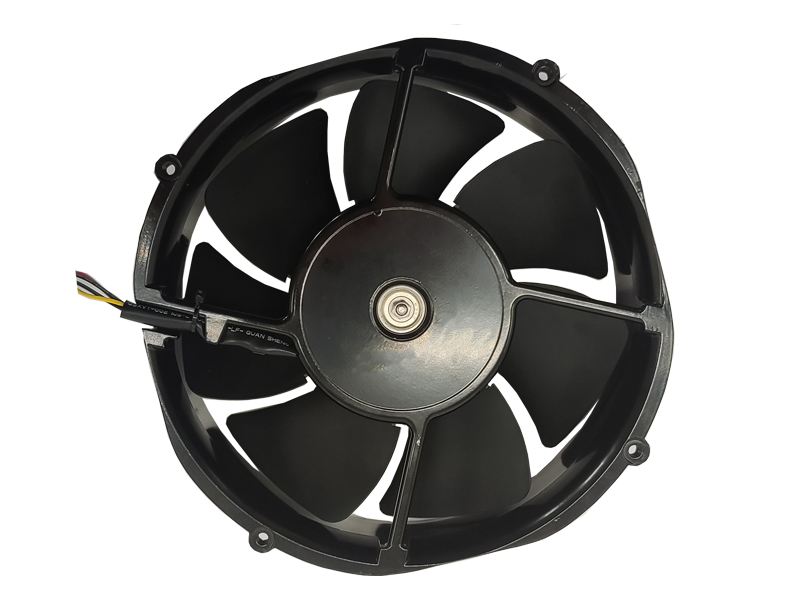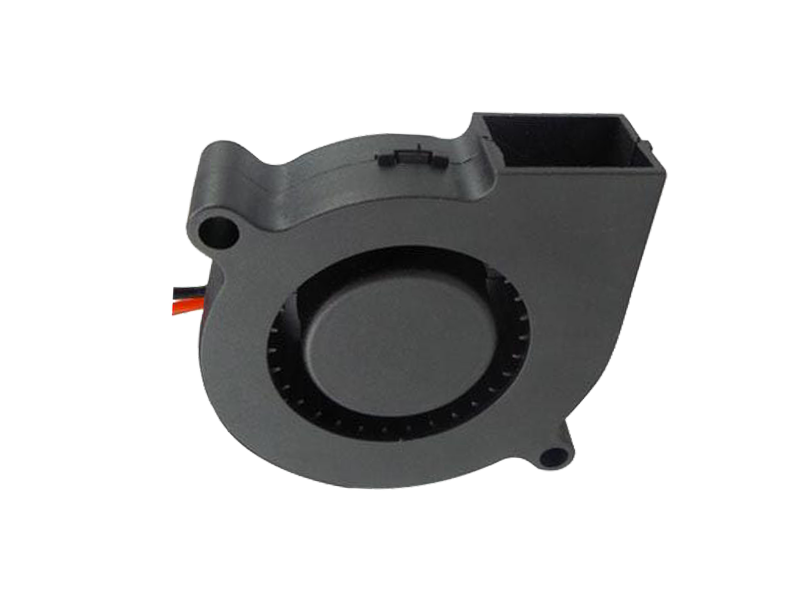When it comes to selecting industrial fans, the decisions made during the purchasing process are crucial for ensuring operational efficiency and long-term performance. Industrial fans play a vital role in various industries, from manufacturing and agriculture to ventilation and HVAC systems. A fan may seem like a straightforward product, but the complexity of modern industrial fan designs requires careful consideration. This article will explore how product features, design options, and application-specific needs come into play when choosing the right industrial fan.
Understanding the Role of Industrial Fans
Industrial fans are used for multiple purposes across industries. Some of the primary functions of industrial fans include:
Ventilation: Ensuring proper air circulation to maintain healthy working environments.
Cooling: Reducing the temperature of hot processes or machinery, thus preventing overheating.
Exhausting: Removing heat, fumes, dust, and other airborne particles from industrial spaces.
Dust and Fume Control: Keeping production areas clean and free from particulate matter.
The diverse roles of industrial fans mean that choosing the right fan requires a deep understanding of the operational environment. The following sections delve into various factors that impact industrial fan selection.
1. Airflow Requirements
The primary task of an industrial fan is moving air effectively. Different applications demand different levels of airflow, measured in cubic feet per minute (CFM) or cubic meters per hour (m³/h). Depending on the application, the required airflow will vary significantly:
High-volume airflow: For large warehouses, open spaces, or facilities with significant air circulation needs, a fan that provides a high CFM rating will be required. These fans may be large in size and may need more robust motors to maintain airflow levels.
Low-volume airflow: In smaller spaces, or when minimal air circulation is needed, a fan with a lower CFM rating is typically sufficient. It is essential to balance the airflow to ensure efficiency without overexerting the fan or using more energy than necessary.
Selecting the right airflow ensures that the fan does not waste energy or underperform in specific areas, leading to increased operational costs and reduced productivity.
2. Fan Type: Centrifugal vs. Axial
Two primary fan types are commonly used in industrial applications: centrifugal fans and axial fans. These fans function differently, and each has distinct advantages depending on the operational needs.
Centrifugal Fans: These fans move air radially and are ideal for high-pressure applications, such as in dust collection systems or HVAC units. Centrifugal fans are known for their ability to create high static pressure, making them suitable for systems requiring long duct runs or resistance.
Axial Fans: These fans are most commonly used in applications requiring high airflow with relatively low resistance. They move air parallel to the axis of the fan and are typically more suitable for ventilation systems in large spaces like factories or warehouses. Their primary advantage is in moving larger volumes of air at lower pressures.
Selecting the appropriate fan type depends on the specific operational conditions, such as air resistance, space size, and required pressure levels.
3. Energy Efficiency
Energy consumption is one of the most significant operating costs for industrial fans, especially in large-scale applications. Modern industrial fans are designed with energy efficiency in mind, offering a range of features to minimize power consumption.
EC (Electronically Commutated) Motors: These motors use advanced electronics to adjust motor speed, reducing energy usage while maintaining high performance. EC motors ensure that fans only use as much energy as needed for a given operation, improving the system’s overall efficiency.
Variable Speed Drives (VSD): These allow for adjustments in fan speed based on demand. For instance, in systems where cooling or ventilation is not constantly needed, a VSD can reduce the fan's speed to match the actual requirements, optimizing energy usage.
By focusing on energy-efficient features, companies can significantly reduce energy costs and enhance their sustainability efforts.
4. Durability and Material Selection
Industrial fans are subjected to harsh environments, whether exposed to extreme temperatures, chemicals, or high levels of dust and dirt. Durability is a key factor in ensuring long-term performance, minimizing maintenance, and avoiding costly repairs.
Stainless Steel and Aluminum Alloys: Fans constructed from materials like stainless steel and aluminum are highly resistant to corrosion, especially in environments with high humidity, chemicals, or salt exposure. These materials are essential for ensuring the longevity of the fan.
Protective Coatings: High-quality coatings, such as epoxy or polyurethane, can provide additional protection against rust and corrosion, particularly for fans used in high-temperature or chemically aggressive environments.
The choice of materials plays a critical role in the fan's ability to withstand wear and tear, reducing maintenance costs and prolonging the fan’s useful life.
5. Noise Levels and Vibration Control
Noise pollution is a significant issue in many industrial environments, especially in spaces like factories or warehouses where employees are regularly exposed to high decibel levels. Excessive noise can lead to hearing damage and an uncomfortable working environment. Additionally, vibrations generated by industrial fans can cause mechanical stress and reduce equipment lifespan.
Noise Reduction: Industrial fans with soundproof enclosures, noise-absorbing blades, and variable speed controls can help reduce noise levels. By using high-quality fans with advanced soundproofing, companies can create a more comfortable and safer workplace.
Vibration Control: Many modern industrial fans are designed with vibration isolation features. These include anti-vibration mounts and precision balancing, ensuring that the fan operates smoothly without transferring excessive vibrations to surrounding structures or components.

Selecting a fan with these noise and vibration reduction features can improve both operational efficiency and the well-being of employees.
6. Maintenance and Ease of Service
Over time, industrial fans will require maintenance, whether for cleaning, lubrication, or replacing worn-out parts. A fan designed for easy maintenance can save significant time and costs.
Modular Design: Fans with modular components are easier to service. For example, removing and replacing blades, bearings, or motors in a modular design takes less time and reduces downtime.
Predictive Maintenance: Many modern fans incorporate IoT technology that provides real-time data about fan performance. Monitoring systems that track temperature, vibration, and motor health can help detect potential failures before they occur, enabling predictive maintenance.
Choosing a fan with a service-friendly design and predictive maintenance capabilities will minimize downtime and increase the operational lifespan of the system.
Conclusion
Choosing the right industrial fan is crucial to ensuring optimal performance, energy efficiency, and durability in your industrial processes. The combination of airflow requirements, fan type, material selection, and energy-saving features all play a significant role in the final product selection. By understanding these factors and carefully evaluating the specific needs of your industry, you can select the best fan to maximize efficiency, reduce operating costs, and ensure the longevity of your equipment.
Recommended Products

The main purpose:Car charging station

The main purpose:Car charging station

The main purpose:Electronic refrigerators, water dispensers, direct drinking machines, inverter power supplies
Address:No. 4137, Longgang Avenue (Henggang Section), Henggang Community, Henggang Street, Longgang District, Shenzhen
hotline:13530005572(Chen)15112579390(Li)


Welcome all friends to come for consultation and negotiation.
Copyright 2024 @ Shenzhen Youneng Xinyuan Electronics Co., Ltd.,(industrial fans,industrial blowers,axial fans,cooling fans manufacturer,centrifugal fans,ac cooling fans,dc cooling fans)